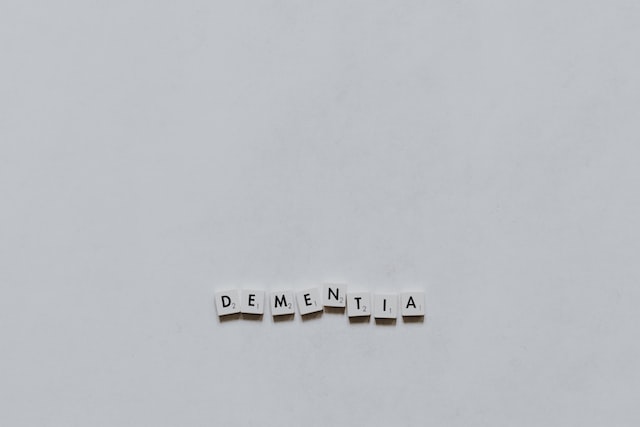As we continue to live longer, the number of people affected by dementia is on the rise. In fact, according to the World Health Organization, there are currently around 50 million people living with dementia worldwide, and this number is expected to triple by 2050. Dementia is a general term for a decline in cognitive function severe enough to interfere with daily life. It is often associated with memory loss, confusion, and difficulty carrying out daily tasks. While there is currently no cure for dementia, researchers are constantly looking for new treatments to help manage its symptoms. One potential treatment that has been gaining attention in recent years is a brain pacemaker.
A brain pacemaker, also known as deep brain stimulation (DBS), is a medical device that delivers electrical stimulation to specific areas of the brain. It is commonly used to treat movement disorders like Parkinson’s disease, but researchers have been exploring its potential in treating dementia symptoms as well. The concept behind this treatment is that by stimulating certain areas of the brain, it can improve cognitive function and potentially slow down the progression of dementia.
The first study that showed the potential of DBS in treating dementia was conducted in 2010 by researchers at the Ohio State University. They implanted a brain pacemaker in the frontal lobes of six patients with Alzheimer’s disease and found that it resulted in significant improvement in cognitive function and daily living activities. This groundbreaking study sparked interest in further exploring the use of DBS for dementia.
Since then, several clinical trials have been conducted, and while the results are still preliminary, they have shown promising results. A study published in the Journal of Alzheimer’s Disease in 2018 reported that DBS improved cognitive function and daily living activities in patients with mild Alzheimer’s disease. Another study published in Frontiers in Neuroscience in 2019 showed that DBS improved memory and slowed down memory decline in patients with mild cognitive impairment, a condition often considered a precursor to dementia.
So, how does a brain pacemaker work in treating dementia? It involves a surgical procedure where doctors implant electrodes in specific areas of the brain. These electrodes are connected to a small device, similar to a pacemaker, placed under the skin near the collarbone. This device delivers electrical stimulation to the targeted areas of the brain, and the frequency and intensity of the stimulation can be adjusted based on the patient’s needs. The exact mechanism of how this stimulation helps improve cognitive function is not fully understood, but it is believed that it can stimulate the growth of new brain cells, improve communication between different brain regions, and reduce inflammation in the brain.
One of the significant advantages of DBS is its potential to be tailored to individual patients. Each patient’s brain is unique, and the areas affected by dementia may vary from person to person. With DBS, doctors can target specific areas of the brain that are responsible for the symptoms experienced by each patient. This individualized approach can potentially lead to better treatment outcomes.
Although DBS for dementia is still in its early stages, it has already shown immense potential in improving cognitive function and daily living activities in patients. However, it is important to note that it is not a cure for dementia. It may help manage symptoms, but it cannot reverse the underlying damage caused by the disease.
Moreover, DBS is not without risks. Like any surgical procedure, there is a risk of infection and bleeding during or after surgery. There is also a risk that the device may malfunction or move out of place, requiring further surgery. Additionally, DBS does not guarantee improvement in all patients, and some may not respond to the treatment at all.
Despite these risks, DBS offers hope for people living with dementia and their families. It has the potential to improve quality of life for those affected by this devastating disease. However, more research is needed to fully understand its effectiveness, potential side effects, and long-term benefits.
In conclusion, dementia is a challenging condition that currently has no cure. However, the use of a brain pacemaker, or DBS, has shown promise in treating its symptoms. While still in its early stages, this treatment has already shown significant improvement in cognitive function and daily living activities in patients with dementia. With further research and advancements in technology, DBS may become a valuable tool in managing the symptoms of dementia and improving the lives of those affected by it.





